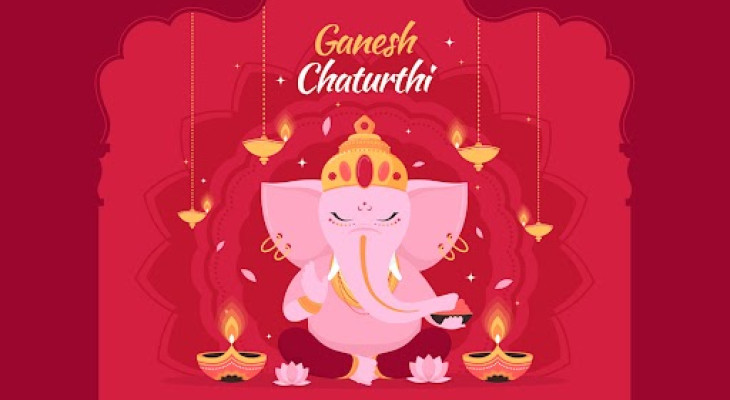Everything You Need to Know About the 2023 World Cup
The biggest festival of World Cricket returns to the ultimate Cricket powerhouse- India, after 12 Years. The top eight teams of…

Ganesh Chaturthi
India is a country which perfectly elaborates on the phrase ‘Unity in Diversity’, the festival celebration in India is the perfect example of this unity, where people from different regions and religions come together to enjoy the celebration. The people of India celebrate over 30 major festivals throughout the year. Each festival has its unique significance, rituals, and traditions. The end of Shravan maas begins the cheerful and vibrant festival session in India. The session starts with the celebration of Rakshabandhan, followed by the grand celebration of Janmashtami and the caravans of the festivals continue. Some major festivals which are celebrated during this session include Navratri, Durga Puja, Diwali, Chatt Puja and many more. All the festivals have their importance and significance, Like all these Ganesh Chaturthi also has its special significance.
Significance of Ganesh Chaturthi
Ganesh Chaturthi is known by other names in different areas such as Vinayak Chaturthi or Ganeshotsav. It is a Hindu festival celebrating the birth of the Hindu god Ganesha, the festival starts from Chaturthi tithi of shukla paksha in the month of Bhadrapada. This year the festival is celebrated on 19th September 2023. The shubh muhurat for pooja on 19th September, is 10:27 am to 12:54 pm.
Clay idols of Ganesha are installed to celebrate the festival. Celebrations include the chanting of Vedic hymns and Hindu texts such as prayers and vrata (fasting). The daily prayer offerings and Prasada that the pandal distributes to the community include sweets such as modak, believed to be a favourite of Ganesha. The festival ends on the tenth day after its beginning, when the idol is carried in a public procession accompanied by music and communal singing, and then immersed in a nearby body of water, such as a river or the sea, called Ganpati Visarjan on Anantha Chaturdashi.
History
According to some historians, the festival became a public event in 1892 when Bhausaheb Laxman Javale installed the first public Ganesha idol in Pune. In 1893, Indian freedom fighter Lokmanya Tilak celebrated Sarvajanik Ganesh Utsav in Kesari and devoted his efforts to launching the annual domestic festival into a large and well-organised public event. Tilak recognized the appeal of Ganesha as “a god for everything” and, according to Robert Brown, Ganesha was the god who bridged “the divide between Brahmins and non-Brahmins”, thus creating popular unity among them to resist British colonial rule.
A famous Italian writer Angelo de Gubernatis remarks about this festival. I watched with utmost curiosity the crowds carrying an endless number of idols of Lord Ganesh in procession. Every little part of the city, every family with its devotees, every corner of the street organises its procession. The poor carry their idol or papyrus on a simple board… Or more or less a large crowd follows the idol clapping their hands and raising shouts of joy, while the idol is usually preceded by a small orchestra.
Celebration and Muhurat
In India, Ganesh Chaturthi is mostly celebrated at home and publicly in local communities in the states of Maharashtra, Madhya Pradesh, Gujarat, Rajasthan and Goa, and in the southern states of Karnataka, Andhra Pradesh, Telangana, Tamil Nadu and the eastern states. In the states of West Bengal and Odisha and the northeastern states of Assam.
On the first day of the festival, the idol of Ganesh has been installed with significance rituals. Then regularly for 10 days the idol is worshipped with friends and family and the Prashad of modak is offered to lord Ganesha, the celebration is followed by the Ganpati Visarjan on the day of Anantha Chaturdashi.
Advertisement